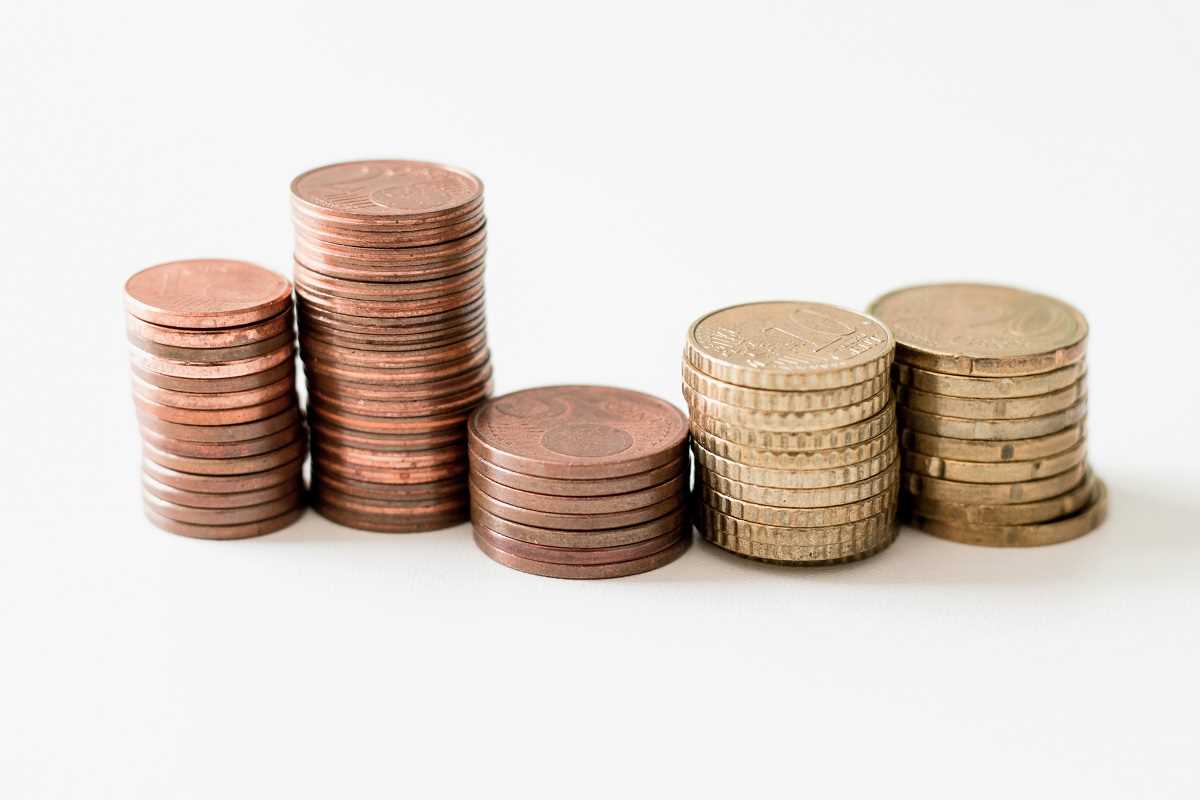When you’re nearing retirement, your financial priorities often shift. It’s no longer about chasing the highest returns possible; instead, it’s about protecting your nest egg while ensuring it can support your lifestyle. While traditional investments like stocks and bonds have likely served you well, adding alternative assets to your portfolio could unlock additional stability and growth opportunities.
But what exactly are alternative assets? Why are they worth considering? And how can you start diversifying your portfolio without feeling overwhelmed? We’ve got the answers to help you explore this exciting, often misunderstood corner of personal finance.
What Are Alternative Assets?
Before we get into the "why" and "how," understanding what alternative assets are is crucial. These are investments outside the mainstream options of stocks, bonds, and cash. They include things like:
- Real estate (rental properties, REITs, etc.)
- Commodities (gold, silver, oil, etc.)
- Private equity (investing in private companies or startups)
- Collectibles (art, wine, vintage cars, rare coins, etc.)
- Hedge funds
- Cryptocurrency
- Farmland or timberland
Sounds like a broad range, right? That’s because alternative assets encompass just about anything that can hold value outside traditional markets. Some are more tangible (a piece of gold or a rental property), while others are more abstract (private equity or crypto).
Why Diversify with Alternative Assets?
You’ve likely heard the old saying, “Don’t put all your eggs in one basket.” It’s especially true when planning for retirement. Here are a few reasons why alternative assets can be an attractive addition to your portfolio.
1. Reduce Risk from Market Volatility
Traditional investments like stocks can experience periods of significant volatility, driven by everything from economic downturns to political events. Alternative assets, on the other hand, often have a low correlation with the stock market, meaning they don’t move in the same way when markets are up or down. Adding these to your portfolio can smooth out some of the bumps during rough times.
For example, real estate or commodities like gold may hold their value or even increase when stock markets drop. This can be especially reassuring when you’re nearing retirement and worried about preserving your savings.
2. Inflation Protection
Inflation—while often creeping and slow—can steadily erode the purchasing power of your money over time. Certain alternative investments, like real estate or commodities, are seen as “inflation hedges.” Why? Real estate values and rents often increase with inflation, and commodities like gold have historically maintained value when prices rise.
By incorporating these assets into your portfolio, you’re adding a layer of protection against inflation eating away at your retirement income.
3. Opportunities for Higher Returns
While alternative assets can provide stability, they also offer the potential for strong returns that may outpace traditional investments. For instance, private equity or hedge funds can deliver substantial growth, albeit with higher risks.
Even collectibles—like fine art, rare wines, or vintage cars—can appreciate significantly if you know what you’re doing. Plus, there’s something rewarding about investing in something you’re passionate about (and that you can enjoy owning).
4. Portfolio Diversification
Diversification is the golden rule of investing. By spreading your money across different asset types, you mitigate the risk of any single investment underperforming. Alternative assets give you new opportunities to diversify, especially when they behave differently from traditional investments.
For near retirees, this added diversification can strengthen your portfolio in unpredictable market conditions.
Types of Alternative Assets to Consider
Now that you know why alternative assets are worth exploring, which ones should you focus on? Here’s a closer look at some options, along with their pros and cons.
1. Real Estate
Real estate is one of the most popular alternative investments because it’s tangible and relatively straightforward to understand. You might already own your home, but rental properties or Real Estate Investment Trusts (REITs) can bring in passive income and long-term appreciation.
Pros
- Generates income through rent or dividends
- Historically appreciates over time
- Hedge against inflation
Cons
- Requires significant upfront capital
- Managing properties can be time-consuming
2. Precious Metals (Gold & Silver)
Gold and silver have long been considered safe haven investments. When markets are rocky, investors tend to flock to these assets, which can hold their value over time.
Pros
- Liquid and easy to trade
- Inflation-resistant
- Diversifies portfolio risk
Cons
- Doesn’t generate income
- Can experience short-term price fluctuations
3. Private Equity
Investing in private companies or startups can deliver impressive returns if you back the right business early on.
Pros
- Potential for high returns
- Interesting way to support innovation
Cons
- High risk of loss if the business fails
- Often has long lock-up periods (your money isn’t easily accessible)
4. Collectibles
For the hobbyists among us, collectibles like fine art, rare coins, or even classic comic books can serve as both an investment and a passion project.
Pros
- Unique and visually appealing assets
- Potential for significant appreciation
Cons
- Market can be unpredictable
- Requires expertise to identify valuable items
5. Cryptocurrency
Though risky and volatile, cryptocurrencies like Bitcoin or Ethereum have gained traction as an alternative asset class.
Pros
- High growth potential
- Transparent and decentralized
Cons
- Extremely volatile
- Not yet regulated
6. Commodities
Investments in raw materials like oil, natural gas, or agricultural products can offer strong diversification benefits.
Pros
- Often perform well during inflation
- Negatively correlated with stocks
Cons
- Highly dependent on global supply and demand dynamics
How to Get Started with Alternative Assets
If you’re ready to dip your toes into alternative investments, here’s a step-by-step guide to get started.
- Assess Your Risk Tolerance
Consider how much risk you’re willing to take on at this stage in your life. Alternative assets vary in risk levels, so choose options that align with your comfort zone.
- Determine Your Goals
Are you looking for steady income, long-term appreciation, or inflation protection? Your goals will shape what types of alternative assets to prioritize.
- Start Small
You don’t need to go all-in. Begin with a small allocation (e.g., 5-10% of your portfolio), then increase it as you feel more comfortable.
- Do Your Homework
Each alternative asset requires a level of research and understanding. Take the time to learn about how the asset works, its historical performance, and its risks.
- Diversify Within Alternatives
Just as you diversify between stocks and bonds, diversify your alternative investments. Don’t put all your money into a single rental property or a single cryptocurrency.
- Consider Professional Advice
If exploring alternative assets feels daunting, don’t hesitate to consult a financial advisor. They can help you identify the best options for your specific situation.
The Downsides of Alternative Assets
While alternative assets have plenty of benefits, it’s important to acknowledge their limitations:
- Many have lower liquidity, meaning you can’t easily convert them to cash.
- They often require more specialized knowledge to invest effectively.
- Fees can be higher than traditional investments (e.g., managing property or private equity funds).
That’s why they should complement your portfolio, not replace your core investments like stocks and bonds.
Is Diversifying with Alternative Assets Right for You?
If you’re nearing retirement and want added stability, protection against inflation, or opportunities for growth, alternative assets can be a valuable addition to your portfolio. However, they require a thoughtful approach—don’t rush in without doing your due diligence.
By starting with small, calculated investments and prioritizing diversification, you can make the most of what alternative assets have to offer. Who knows? That rental property or gold bar might just be one of the most rewarding investments you’ll make.
If you’re considering alternative assets, take the time to explore your options, ask questions, and feel confident in your choices. With the right strategy, these investments could secure and even grow your financial future well into retirement.
 (Image via
(Image via
.jpg)




